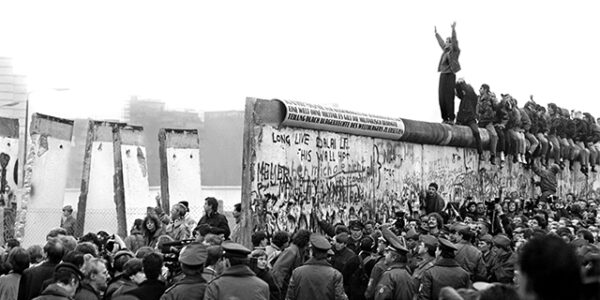If you are a history buff, you may like to test your knowledge about the various facets of the Cold War. We have created a challenging Cold War quiz for you to assess how much you know about one of the most important events in the history of mankind.
But before beginning the quiz, here are some details about the Cold War that you may find helpful. So without any further ado, let’s get started.
Cold War Quiz
The Cold War is one of the trickier subjects in history. Only experts were able to pass our quiz with no mistakes. If you think you know all about this war and can be considered an expert, take our Cold War Quiz to prove it. There are 20 questions it total and it takes only a few minutes to go through. However, they are not a piece of cake, so don’t be surprised if you have to think twice before choosing an answer.
ALSO TRY: How Familiar Are You With The Ancient Rome?
The Cold War-Everything you need to know
The beginning of the Cold War marks the constrained yet widely known rivalry between the United States and the Soviet Union and their allies after World War II. While the war involved little use of weapons, it impacted the political and economic dynamics of the countries involved with propaganda waged against each other on different fronts.
The origin of the term
The term Cold War was first used by George Orwell, an English writer, in an article he wrote in 1945. The writer expressed his concern over an impending nuclear impasse between the two or three superpowers and wrote that these countries possessed weapons that could potentially wipe out civilizations in an instant.
In 1947, Bernard Baruch, US presidential adviser, and an American financier, used this term in his speech at the State House in Columbia, South Carolina.
The beginning of the Cold War
When the Nazis surrendered in 1945, the alliance between the US, Britain, and the Soviets, which had been formed for the sake of the war, began to unravel. It was around 1948 when the US and Britain grew concerned as the Soviet government continued to install left-wing governments in Eastern European countries that the Red Army had freed.
The allies feared that the Soviets would soon dominate Eastern Europe and their influence would extend to Western European democracies as Soviet-backed communist parties may assume power in the region.
ALSO TRY: World War I Quiz

The scale of the war
As the Soviet Union maintained charge over Eastern Europe to nip any Nazi rising in the bud, it was also ideologically driven to spread communism globally. Meanwhile, the US continued to aid Western Europe under the Marshall Plan. By 1947-1948, the Cold War had become a full-fledged war with clear blocks at opposite ends.
The war escalated from 1948-53 as the US and its European Allies formed NATO in 1949 to resist the Soviets’ invasion of Europe. Meanwhile, the Soviets discovered their first atomic bomb. In 1950, North Korea, backed by the Soviet Union, attacked South Korea, which was backed by the US. The war continued for three years.
When Soviet dictator Joseph Stalin died in 1953, the tension eased a little. During this time, the Soviet-bloc countries formed the Warsaw Pact in 1955, while West Germany joined NATO.
Tension escalated between 1958-62, as both the US and Soviets were working on ballistic missile technology. A significant event of that time was the Cuban Missile crisis, as the Soviets secretly installed missiles in Cuba to attack the US, bringing the two countries to the brink of a massive war.
However, both countries realized the repercussions of the atomic war would be colossal and signed the Nuclear Test Ban Treaty in 1963. Following this, the Soviets focused on building their military capability to match the US. In various instances, throughout the Cold War, the US and Soviet Union engaged in battle only to keep their allies from absconding to the other side and did not engage in confrontational battle.
Importance in History- New World Order
As the communist bloc between the Soviet Union and China began to unravel, Western Europe and Japan became economically successful and came out of the US shadow; it all complicated the international relations landscape.
ALSO TRY: Genghis Khan Quiz
The two superpowers shifted their focus to the third world and continued to build their nuclear arms, leading to escalating tensions once again. However, the arrival of Mikhail S. Gorbachev, the Soviet leader, caused a major shift. He dismantled Soviet authoritarianism and democratized the political system. The Soviet bloc in Eastern Europe collapsed; Poland, East Germany, Hungary, and Czechoslovakia were democratized, while East and West Germany unified under NATO.
Gorbachev’s initiatives weakened the hold of the Communist Party and led to the collapse of the Soviet Union in 1991. This marked the end of the Cold War as 15 countries were formed, with the majority of them being democratic.
Jerry is our entertainment guru, combining his love for movies, TV shows, and games into captivating quizzes. With an encyclopedic knowledge of the entertainment world, Jerry crafts quizzes that challenge your pop culture and gaming expertise. From classic films to the latest video games, his quizzes encompass it all. Whether you're a cinephile, a TV series addict, or a gaming enthusiast, Jerry's quizzes will put your knowledge to the test.

